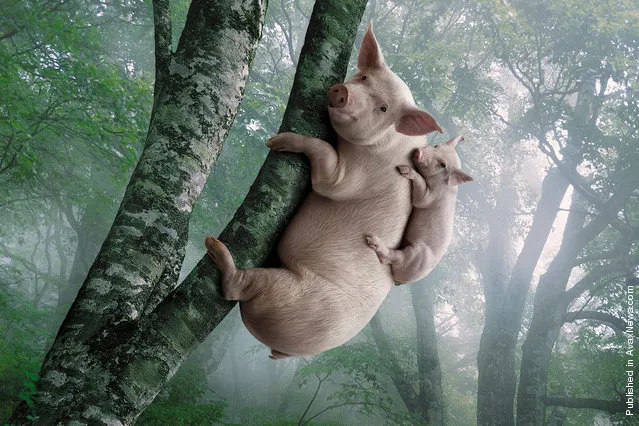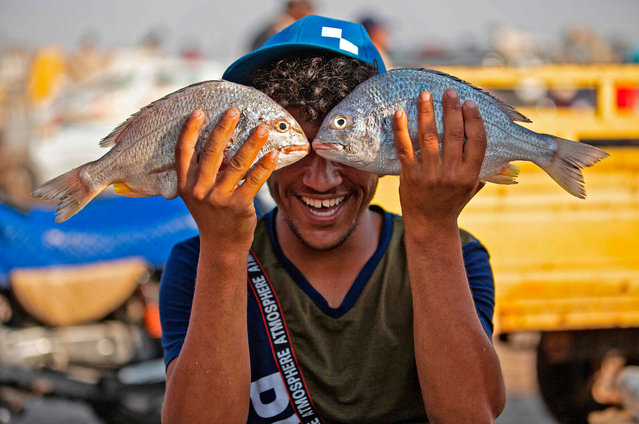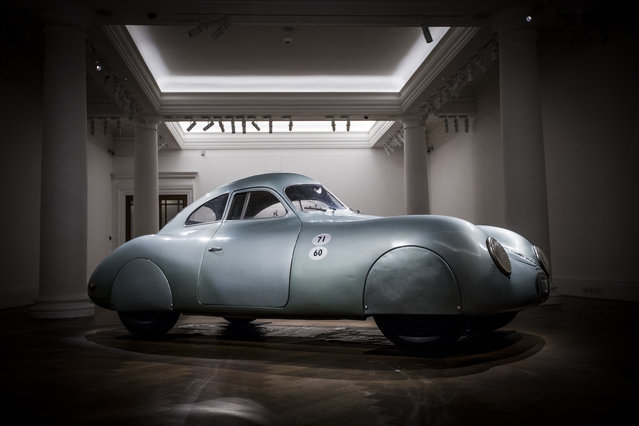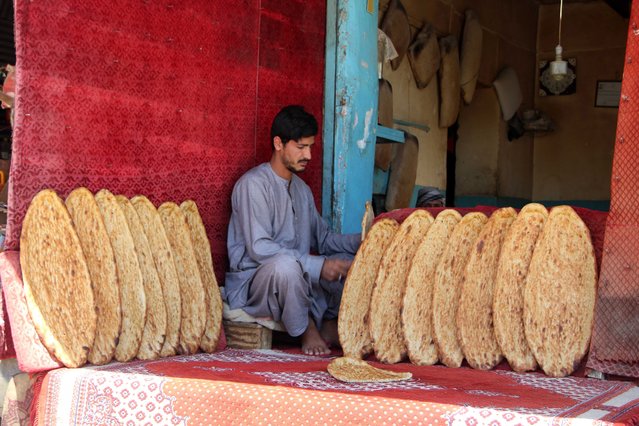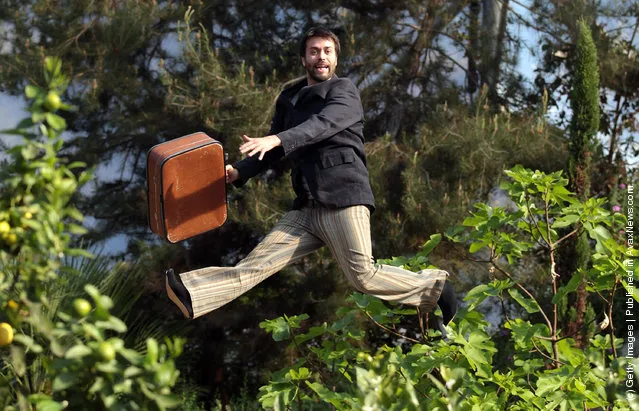
Circus performer and trampolinist Max Calaf Seve performs at a preview for NoFit State Circus new summer show at the Eden Project on March 29, 2012 in St Austell, England. This will be the second time that the NoFit Circus has performed in the world famous biomes of the Eden Project. The production will start on July 28 and run until September 2 before leaving Cornwall for a global tour. (Photo by Matt Cardy/Getty Images)
30 Mar 2012 10:08:00,post received
0 comments

